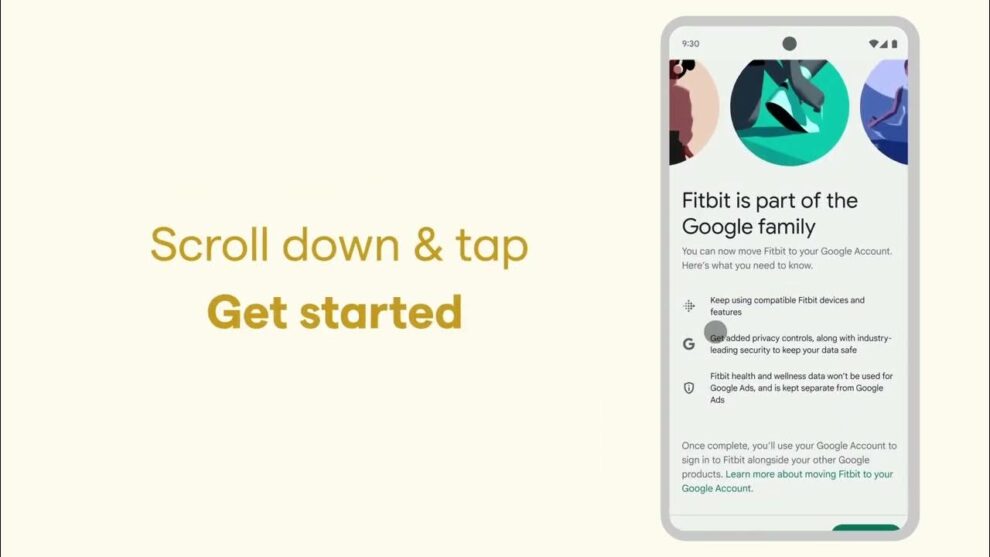In a move that marks a significant transition for Fitbit users, the fitness tech company is set to phase out Fitbit accounts. By early 2025, all users will be required to link their Fitbit devices to a Google account to continue using their fitness devices and smartwatches. This change is part of a broader integration effort following Google’s acquisition of Fitbit. Here’s a comprehensive look at what this means for Fitbit users and the broader implications of the shift.
Key Highlights
- End of Fitbit Accounts: By early 2025, Fitbit will discontinue support for Fitbit accounts. Users will need a Google account to use Fitbit devices.
- Transition Support: Fitbit is committed to making the transition smooth, with notifications about the exact timeline sent via app notifications, emails, and help articles.
- Data Management and Privacy: Users will have the option to migrate their Fitbit data to their Google account, with assurances from Fitbit and Google that health and wellness data will not be used for ad targeting.
Detailed Insights
The decision to migrate Fitbit accounts to Google accounts stems from the tech giant’s acquisition of Fitbit. This integration aims to streamline user experience by consolidating account management under Google’s ecosystem, potentially enhancing security and privacy through Google’s robust platforms. Fitbit has emphasized its commitment to transparency throughout this transition, ensuring users are well-informed and supported in migrating their accounts and managing their data.
An essential aspect of this transition is the emphasis on privacy. Both Fitbit and Google have made clear commitments to keep health and wellness data separate from the data utilized for advertising purposes. These promises were part of the conditions for the acquisition, addressing concerns from regulatory bodies and users about privacy and data use.
What This Means for Users
For current and prospective Fitbit users, this change signifies a shift in how they will access and interact with Fitbit’s services. The need for a Google account highlights the growing integration between Google’s suite of services and Fitbit’s health and fitness tracking capabilities. While this move may streamline some aspects of the user experience, it also raises questions about data privacy, ecosystem lock-in, and the broader implications of tech conglomerates’ influence over health-related data.
This pivotal change for Fitbit users signals a deeper integration with Google’s ecosystem, promising enhanced convenience but also prompting important discussions about privacy, data autonomy, and the consolidation of tech platforms. As the 2025 deadline approaches, users are encouraged to stay informed about the transition process and understand the implications for their data and device usage.








